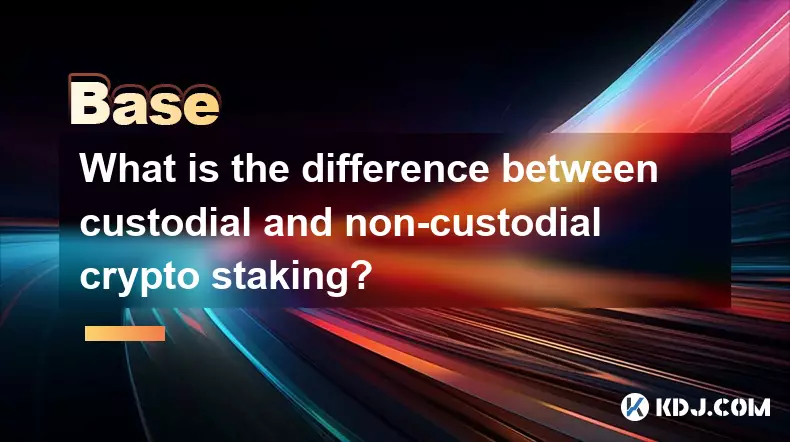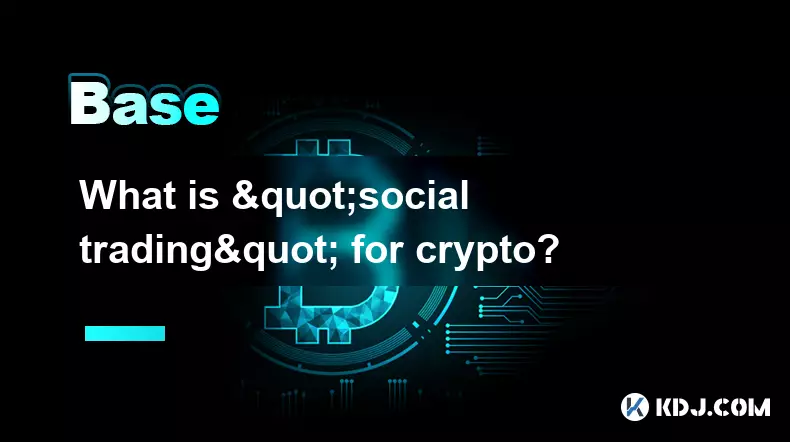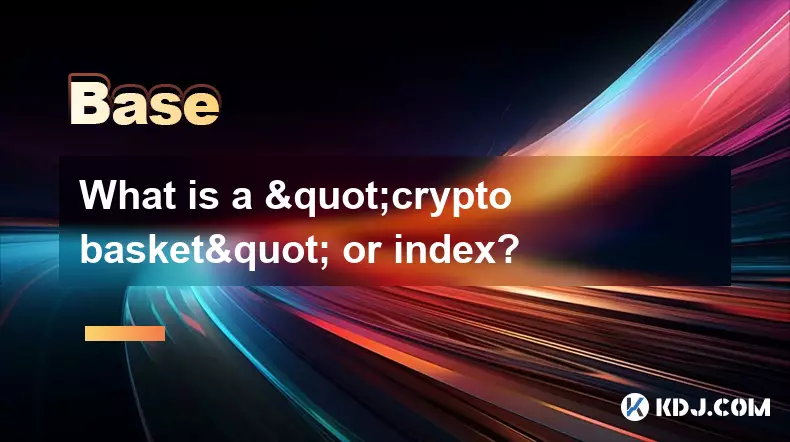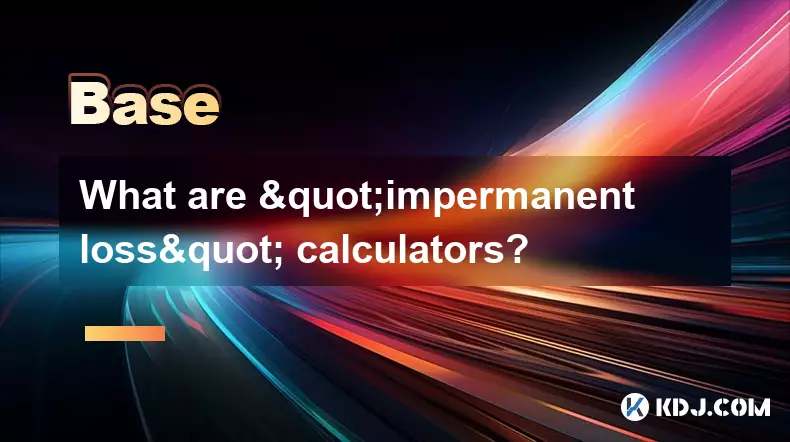-
 Bitcoin
Bitcoin $112000
0.67% -
 Ethereum
Ethereum $4459
2.83% -
 XRP
XRP $2.865
1.34% -
 Tether USDt
Tether USDt $1.001
0.01% -
 BNB
BNB $858.9
1.13% -
 Solana
Solana $211.7
4.26% -
 USDC
USDC $1.000
-0.03% -
 Dogecoin
Dogecoin $0.2183
3.02% -
 TRON
TRON $0.3409
0.84% -
 Cardano
Cardano $0.8369
2.18% -
 Chainlink
Chainlink $23.66
2.19% -
 Hyperliquid
Hyperliquid $45.88
2.93% -
 Ethena USDe
Ethena USDe $1.001
0.04% -
 Sui
Sui $3.387
3.88% -
 Bitcoin Cash
Bitcoin Cash $597.7
3.69% -
 Stellar
Stellar $0.3665
1.07% -
 Avalanche
Avalanche $25.44
6.94% -
 Hedera
Hedera $0.2220
3.74% -
 Cronos
Cronos $0.2753
6.24% -
 UNUS SED LEO
UNUS SED LEO $9.509
-0.58% -
 Litecoin
Litecoin $112.8
1.67% -
 Toncoin
Toncoin $3.182
1.65% -
 Shiba Inu
Shiba Inu $0.00001249
1.07% -
 Polkadot
Polkadot $3.874
2.75% -
 Uniswap
Uniswap $9.663
1.92% -
 Bitget Token
Bitget Token $5.033
0.23% -
 World Liberty Financial
World Liberty Financial $0.2182
-2.71% -
 Dai
Dai $1.000
0.02% -
 Monero
Monero $268.9
2.68% -
 Aave
Aave $325.3
4.17%
What is the difference between custodial and non-custodial crypto staking?
In custodial staking, users forfeit control of private keys to a third party, while non-custodial staking lets users retain full control and responsibility over their assets.
Sep 03, 2025 at 08:54 pm

Differences Between Custodial and Non-Custodial Crypto Staking
1. In custodial staking, users entrust their cryptocurrency assets to a third-party platform such as an exchange. The platform manages private keys and controls the staking process on behalf of the user. This model offers convenience, especially for beginners who may not want to manage technical aspects. The user gives up control of their private keys, relying entirely on the service provider’s infrastructure.
2. Non-custodial staking allows users to retain full ownership of their private keys. They participate in staking through decentralized wallets or staking dApps, interacting directly with blockchain protocols. While this method demands a higher level of technical understanding, it ensures that users maintain complete control over their funds at all times.
3. Security risks differ significantly between the two models. Custodial platforms, while often insured and professionally managed, are centralized targets for hackers. If the exchange suffers a breach, user funds could be compromised. In contrast, non-custodial setups shift the responsibility of security to the individual. A lost seed phrase or compromised device can result in irreversible loss of assets.
4. Reward distribution mechanisms vary. Custodial services typically automate the crediting of staking rewards to user accounts, sometimes offering flexible payout schedules. These platforms may also reinvest rewards automatically unless specified otherwise. Non-custodial staking rewards are sent directly to the user’s wallet, requiring manual claiming in some cases, depending on the blockchain protocol.
5. Regulatory exposure is higher with custodial staking. Because exchanges are subject to government oversight, users may need to undergo KYC verification and report staking income for tax purposes. Non-custodial staking operates outside traditional financial systems, offering greater privacy but also creating potential compliance challenges depending on jurisdiction.
User Control and Asset Ownership
1. Custodial staking means the service provider holds the assets. Even though users see their balances on the exchange dashboard, the underlying coins are not directly accessible on-chain. Withdrawal restrictions during network upgrades or exchange maintenance can limit liquidity.
2. With non-custodial staking, assets remain on the blockchain under the user’s control. The user can verify their staked balance through blockchain explorers and interact with decentralized applications without intermediaries. This transparency strengthens trust in the system’s integrity.
3. Slashing risks are handled differently. In custodial environments, the platform absorbs or shares slashing penalties, potentially protecting users from sudden losses. In non-custodial setups, users bear the full consequence of validator misbehavior, requiring careful selection of reliable nodes.
4. Access to governance rights varies. Some custodial platforms allow users to vote on protocol upgrades using staked assets, but participation is mediated by the exchange. Non-custodial stakers can directly engage in governance proposals, exercising full voting rights inherent to proof-of-stake systems.
5. Flexibility in validator selection is limited in custodial models. Users cannot choose which validator their stake is assigned to, reducing influence over performance and ethical alignment. Non-custodial users can delegate to validators based on criteria like uptime, commission rates, and decentralization values.
Operational Complexity and Accessibility
1. Custodial staking lowers the entry barrier. Users with minimal blockchain knowledge can start earning rewards immediately after depositing funds. The interface is often integrated into familiar exchange dashboards, streamlining the experience.
2. Non-custodial staking requires setup steps such as downloading wallets, securing seed phrases, and understanding gas fees. New users may find the process intimidating, especially when troubleshooting failed transactions or syncing issues.
3. Customer support is readily available with custodial providers. Issues like missing rewards or account access can be escalated to a support team. In non-custodial systems, users must rely on community forums or documentation, as there is no central authority to contact.
4. Integration with other financial tools favors custodial platforms. Staking balances can often be used as collateral for loans or leveraged trading within the same ecosystem. Non-custodial staked assets may face compatibility issues with certain DeFi protocols due to lock-up mechanics.
5. Transparency in operations is inherently higher in non-custodial staking. Every transaction is recorded on a public ledger, enabling independent verification of staking activity. Custodial systems operate as closed environments, where internal processes are not visible to users.
Frequently Asked Questions
Can I lose money with custodial staking?Yes, if the exchange suffers a security breach or goes bankrupt, staked assets may not be recoverable. Insurance coverage varies by platform, and not all losses are guaranteed to be reimbursed.
Do I need internet access to maintain non-custodial staking?Continuous internet access is not required for the wallet, but the connected node or chosen validator must remain online to avoid slashing penalties and ensure consistent reward accrual.
Are staking rewards taxable in non-custodial setups?Tax authorities in many regions consider staking rewards as taxable income upon receipt, regardless of whether the staking is custodial or non-custodial. Users are responsible for reporting these earnings.
Can I unstake my tokens anytime in custodial systems?Withdrawal availability depends on the exchange and the blockchain’s unstaking period. Some platforms impose additional waiting times or processing delays beyond the protocol’s required cooldown.
Disclaimer:info@kdj.com
The information provided is not trading advice. kdj.com does not assume any responsibility for any investments made based on the information provided in this article. Cryptocurrencies are highly volatile and it is highly recommended that you invest with caution after thorough research!
If you believe that the content used on this website infringes your copyright, please contact us immediately (info@kdj.com) and we will delete it promptly.
- Max Keiser, El Salvador, and Bitcoin: A Budding Bromance?
- 2025-09-03 22:25:15
- XRP Cash Flow: Turning $100,000 into a Daily Stream?
- 2025-09-03 22:45:12
- Ethereum Price, Q4 Prediction, and Layer Brett: What's the Buzz?
- 2025-09-03 22:45:12
- Bitcoin, Safety Net, and ChangeNOW: Navigating the Crypto Landscape Like a New Yorker
- 2025-09-03 22:50:12
- Pump.fun's Fee Revolution: Dynamic Fees and the Future of Creator Economics
- 2025-09-03 22:55:12
- Trust Wallet, Tokenized Stocks, and Ondo: A New Era for Global Finance?
- 2025-09-03 23:00:12
Related knowledge

What is "backtesting" a crypto trading strategy?
Sep 03,2025 at 10:55am
Understanding Backtesting in Crypto TradingBacktesting is the process of evaluating a trading strategy by applying it to historical market data. Trade...

What is a "crypto trading bot" and do they work?
Sep 02,2025 at 04:19pm
Understanding Crypto Trading Bots1. A crypto trading bot is a software application designed to automate the process of buying and selling cryptocurren...

What is a "copy trading" platform?
Sep 02,2025 at 07:00pm
Understanding Copy Trading in the Cryptocurrency Space1. A copy trading platform allows users to automatically replicate the trades of experienced inv...

What is "social trading" for crypto?
Sep 03,2025 at 09:00pm
Understanding Social Trading in the Cryptocurrency Space1. Social trading refers to a method where investors observe, follow, and automatically replic...

What is a "crypto basket" or index?
Sep 03,2025 at 07:01am
Understanding Crypto Baskets and Their Role in Digital Asset Investment1. A crypto basket refers to a curated collection of multiple cryptocurrencies ...

What are "impermanent loss" calculators?
Sep 03,2025 at 12:00pm
Understanding Impermanent Loss in Decentralized Finance1. Impermanent loss is a phenomenon that affects liquidity providers in decentralized exchanges...

What is "backtesting" a crypto trading strategy?
Sep 03,2025 at 10:55am
Understanding Backtesting in Crypto TradingBacktesting is the process of evaluating a trading strategy by applying it to historical market data. Trade...

What is a "crypto trading bot" and do they work?
Sep 02,2025 at 04:19pm
Understanding Crypto Trading Bots1. A crypto trading bot is a software application designed to automate the process of buying and selling cryptocurren...

What is a "copy trading" platform?
Sep 02,2025 at 07:00pm
Understanding Copy Trading in the Cryptocurrency Space1. A copy trading platform allows users to automatically replicate the trades of experienced inv...

What is "social trading" for crypto?
Sep 03,2025 at 09:00pm
Understanding Social Trading in the Cryptocurrency Space1. Social trading refers to a method where investors observe, follow, and automatically replic...

What is a "crypto basket" or index?
Sep 03,2025 at 07:01am
Understanding Crypto Baskets and Their Role in Digital Asset Investment1. A crypto basket refers to a curated collection of multiple cryptocurrencies ...

What are "impermanent loss" calculators?
Sep 03,2025 at 12:00pm
Understanding Impermanent Loss in Decentralized Finance1. Impermanent loss is a phenomenon that affects liquidity providers in decentralized exchanges...
See all articles

























![Litecoin Price Prediction [LTC Crypto Price News] Litecoin Price Prediction [LTC Crypto Price News]](/uploads/2025/09/03/cryptocurrencies-news/videos/litecoin-price-prediction-ltc-crypto-price-news/68b83c0a82563_image_500_375.webp)































































